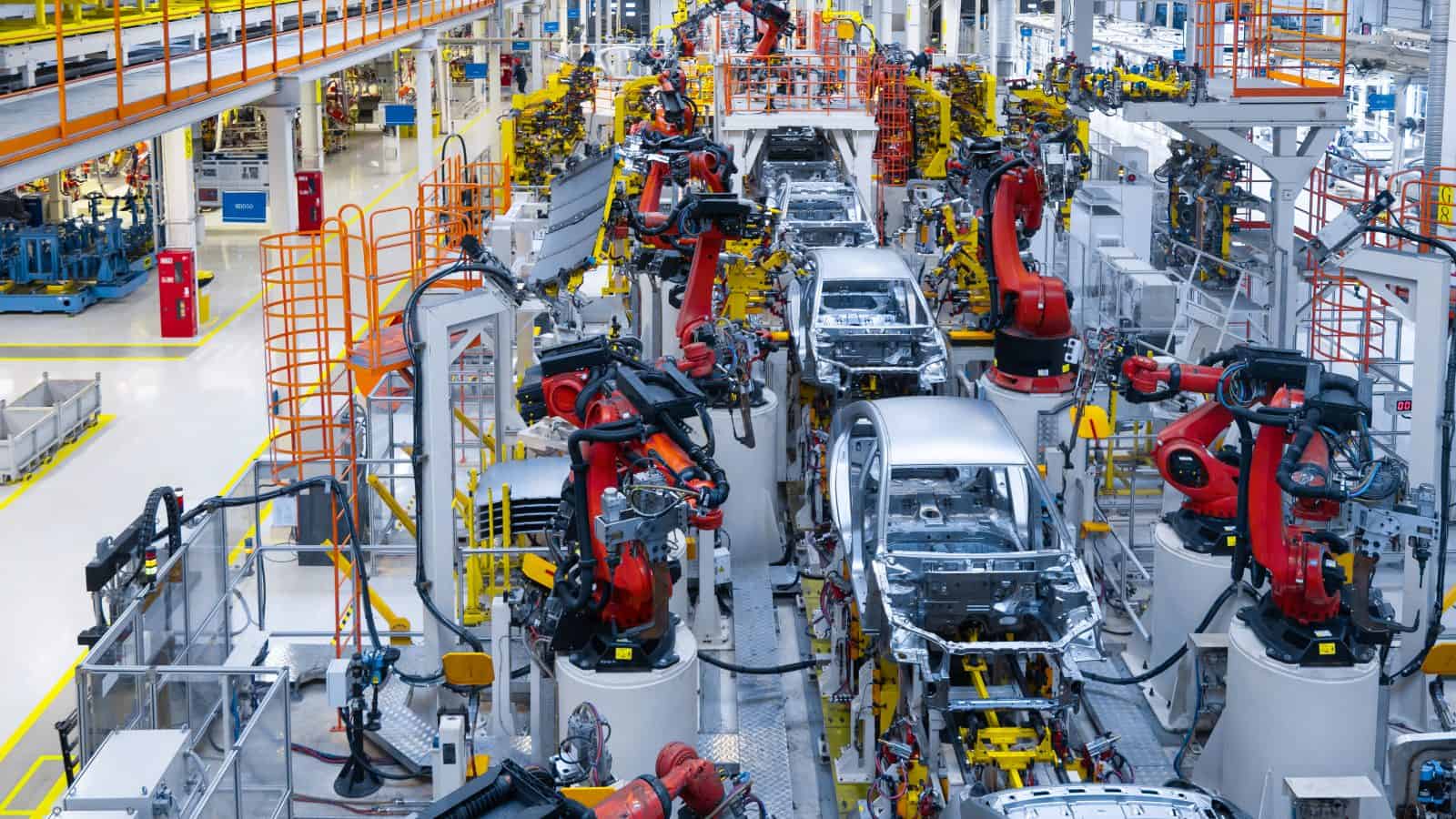
The manufacturing sector faces a slew of challenges due to the pandemic. A recent survey by the U.S. National Association of Manufacturers (NAM) found that nearly four out of five manufacturing companies expect a financial hit from COVID-19. More than half (53.1%) anticipate a change in operations primarily due to the injection of new technologies and reimagined business processes.
Writing for Forbes magazine, Anna-Katrina Shedletsky, CEO of Instrumental, said: “Between solutions that leverage the power of the cloud for visibility and automation that optimizes work, necessity will drive invention: manufacturers will do five years of innovation in the next 18 months.”
Indeed, the cloud will be a staple for every manufacturer’s technology stack in these challenging times. Even before the pandemic, the cloud was poised to bring undeniable benefits for manufacturers. It includes a 22% rise in profitability and a 23% decrease in operational costs, on average. And spurred by the pandemic, manufacturers are likely to ramp up their investments in the cloud. In IDC’s wave 3 of its COVID-19 Impact on IT Spending Survey, analysts predicted, “a significant increase in demand for cloud software”.
Five Drivers of Change
There are five clear drivers for this trend. Across industries, the demand for cloud infrastructure has seen a sharp uptick, growing a record 34% YoY in Q1 of 2020. This surge is because the cloud dramatically shrinks their dependence on physical, on-premise infrastructure, and consequently, physical proximity. This facet has immediate benefits for companies that are following social distancing measures. In the long-term, the cloud could unlock better connectivity and more seamless supply chains, overcoming supply chain disruptions arising from COVID-19 as expected by 35.5% of companies in the IDC survey.
These benefits span short, near, and long-term impact areas for manufacturers:
- In the short-term, the cloud enables business continuity.
Several of the critical activities on the manufacturing value chain, from product design to marketing and customer service, rely on in-person contact. The cloud eliminates this dependence by providing an “anytime, anywhere” platform for communication. This has immense implications for new product development (NPD) as companies no longer need to press pause on innovation. Still, they can stick to their planned go-to-market (GTM) strategies by leveraging the cloud. Similarly, on the operational side, the cloud can help maintain business continuity across people processes, production, and even marketing/sales via online platforms.
- The cloud simplifies compliance with EHS regulations
Employee health and safety (EHS) regulations are a key focus area for manufacturers even in the best of times. With the onset of the pandemic, this demands even more attention for manufacturing companies. Business continuity and growth cannot compromise on employee health in any way. The cloud allows manufacturers to operate near-lights-out production, assembly, and shipping, thanks to cloud-based automation. Employees can work from the safety of their homes, cementing their trust in the employer and strengthening long-term relationships.
- In the near-term, the cloud extends the manufacturing ecosystem
The pandemic has compelled business leaders to rethink their existing procurement and distribution networks, lying stress on localized availability and supply chains. When it comes to global pathways, the cloud helps to overcome curbs on international travel and stay connected. It is possible to monitor and manage this entire landscape on a cloud-based platform from the safety of one’s home. The convergence of information technology (IT) and operational technology (OT) via cloud-solutions makes it easier to orchestrate the manufacturing ecosystem remotely.
- In the long-term, the cloud will accelerate process modernization
Business leaders were discussing the importance of the fourth industrial revolution even before the pandemic. Now, it is no longer a mere possibility. COVID-19 has pushed manufacturers to reduce dependence on hands-on processes, physical infrastructure, and physical workspaces. A modernized manufacturing enterprise, where cloud-based artificial intelligence/machine learning (AI and ML) scans EHS data to spot non-compliance; where a cloud-based contact center replaces hundreds of employees working within a confined campus; and where cloud-based project management platforms ensure on-time delivery, will soon be the new normal.
- Cost optimization is a recurring benefit of migrating to the cloud
It’s no secret that traditional, on-premise infrastructure is prone to severe inefficiencies. Companies cannot dynamically allocate resources, leading to resource waste and challenges in scaling up at peak demand periods. The cloud could help manufacturers improve their bottom line by maximizing technology investments. It could also drive topline revenues by enabling innovation and business growth when the competition stutters.
Beyond the Pandemic
Enterprise migration to the cloud shouldn’t be reactive. After all, it has far-reaching benefits extending well into a manufacturer’s long-term roadmap. It will help business leaders get a step ahead of the competition, leapfrogging into the industry 4.0 era, and ready to take on fresh opportunities post-COVID-19. This requires well-articulated cloud adoption strategies encompassing every sphere of business, starting today.
